Missed a part?
[Read Part 1]
[Read Part 2]
Excellent low-end O gauge sets
As nice as the O-27 outfits were, the kids poring through a Lionel wishbook didn’t stop with them. They spent lots of time checking out the O gauge sets, believing that Lionel saved the best of its 1954 product line for further back in the book.
As with the O-27 offerings, things started sort of small, with a pair of worthwhile outfits priced at less than $50.
Outfit no. 2201WS came with a no. 665 small Hudson equipped with Magne-Traction, an operating whistle, and a smoke mechanism. The steamer was new, but everything else in this $39.95 set represented carryover inventory from the set with the same number cataloged in 1953: the nos. 6462 gondola, 6464-50 boxcar, 6465 double-dome tank car, and 6357 SP-type caboose.
The same number of freight cars went into set no. 2217WS, yet it retailed for $10 more. Why? Let’s start with the no. 682 Turbine cataloged with it. That new locomotive had Magne-Traction, smoke, and a whistle plus a no. 2046WX Pennsylvania RR tender. New as well were the nos. 6356 NYC stockcar, 6464-175 Rock Island silver boxcar, and 6417 Pennsy porthole caboose. Don’t forget the no. 3562-25 gray-painted operating barrel car.
The luckiest owners of this otherwise basic outfit found their operating barrel car had been given red (not blue) lettering, while their boxcar had black (not blue) lettering. Incidentally, the advance catalog specified the 6464-1 Western Pacific boxcar and not the Rock Island.
Jump to $59.95 to discover the next pair of outfits. Children had to select between the new no. 2219W five-car freight led by a no. 2321 Lackawanna Train Master. Only the nos. 6456-25 hopper and 6462-25 gondola (distinguished by their paints) set that outfit apart from its peers.
The second O gauge set retailing at slightly less than $60 was the no. 2221WS, a five-car freight nicknamed “The Diamond Express.” The no. 646 steam engine (another small Hudson) fit into the line quite well and easily pulled the five cars in this set, including the new nos. 3620 searchlight car, 6456-25 hopper and 6417-25 porthole caboose (with a coupler at each end). Returning to the line were the set’s nos. 3469 operating dump car and 6468 Baltimore & Ohio double-door automobile boxcar.
The Big Haul had it all!
Lionel did something interesting and yet odd for its next O gauge set. The no. 2222WS three-car passenger set, which was priced at $65, combined a 646 small Hudson and 2046W whistling tender (true symbols of railroading’s past) with a trio of the extruded aluminum streamlined passenger cars (symbols of the future). The no. 2530 baggage car made its debut in 1954; some examples of this set had the scarce model with large doors.
More sensible was creating a dynamic and bold outfit with new items and a cool diesel on the point. That was Lionel’s recipe for the no. 2223W, called “The Big Haul” and cataloged for $67.50. Little did anyone at the firm realize that five-car freight could become the most valuable of all the sets offered in 1954 because it had scarce models.
Pulling “The Big Haul” was the 2321 Lackawanna Fairbanks-Morse Train Master. If it’s the scarce version with a maroon-painted roof, so much the better. As important for collectors is which Western Pacific boxcar came with the set. The most valuable variations have the orange car with a blue feather (the no. 6464-250). The rarest of the 29 boxcars in the 6464 series cataloged between 1953 and 1969, it was included in this outfit only. Typically, however, Lionel substituted a no. 6464-100, the common silver car with yellow feather.
Rounding out the 2223W were four new freight cars. Two of them were operating models that added substantial play value: nos. 3461-25X green log dump car and 3482 operating milk car. By the way, some examples of this set came with the moderately scarce milk car lettered with “3472” and “3482,” a mistake Lionel quickly corrected.
The New York Central gondola was a red-painted 6462-100, an overlooked and desirable variation of this common car. Last came a no. 6417-50 Lehigh Valley caboose, a superb model found in that set only. Its gray paint scheme matched the locomotive’s.
Finishing the upper level
A gem lay hidden amid the O gauge diesel outfits. The no. 2225WS, known as “The Trouble Shooter,” was the top steam set. It featured a no. 736 Berkshire and five pieces of rolling stock, including two with remote control. Youngsters enjoyed the 3461-25X log dump car and 3562-25 gray barrel car (occasionally, a 3562-1 in black showed up instead).
This outstanding work train, listed at $69.50, finished with a 3620 searchlight car and a 6460 crane car. At the tail there came the simple yet solid 6419 work caboose.
The identical amount of money was enough to bring home one of the two identical diesel freight sets Lionel developed with either a no. 2353 Santa Fe F3 A-A combination or a no. 2354 New York Central duo included. Outfit nos. 2227W and 2229W boasted five quality cars: nos. 3562-25 gray barrel car, 6356 stockcar, 6456 hopper, 6468 double-door boxcar, with a 6417-25 porthole caboose bringing up the rear.
Owners of these sets discovered their Lehigh Valley hopper was the -75 variation, which came painted glossy red and had yellow lettering. More fortunate were those who found they had the -50 version, a scarce red model heat-stamped with white markings.
Spending $10 more got you the no. 2231W “Great Southern Freight.” That five-car outfit featured the brand-new A-B-A combination of no. 2356 F3 units decorated for the Southern Ry. The cars paled in comparison, with only the 3482 milk car operating. None of the three other freight models (6415 tank car, 6511 pipe car, and 6561 cable reel car) was new. A 6417-25 Lionel Lines porthole caboose completed that long train.
Finally, Lionel proudly highlighted its no. 2234W “Emperor Chief,” an impressive passenger set selling for $89.50. It consisted of 2353 Santa Fe F3 A-A units and four streamlined cars: a baggage car, a Pullman coach (the 2533 Silver Cloud), a Vista-Dome, and an observation car.
Outstanding separate-sale items
If Lionel had decided to stop after all the outfits, hobbyists would still have proclaimed 1954 a great year. But a number of excellent locomotives, cars, and more were available strictly for separate sale. Think of how any of these models could have enriched a set.
Not one of the three good-looking Alco diesels in the catalog led an outfit. The 2245 Texas Special F3s had taken their place. Yet the nos. 2031 Rock Island, 2032 Erie, and 2033 Union Pacific twin A units (all priced at $39.95, the same as the Texas Special pair) were outstanding locomotives. So were the often-forgotten nos. 623 Santa Fe and 624 Chesapeake & Ohio NW2 diesel switchers. They returned for another year, still priced at $25.
New rolling stock not used in outfits was plentiful. Among the excellent freight cars were the first near-scale hopper (no. 6446 Norfolk & Western cement hopper) and refrigerator car (no. 6672 Santa Fe). Those were slick ways to lengthen a train!
Several 6464 boxcars entered the line but were not placed in any cataloged outfits. The beauties under consideration were the nos. -125 New York Central Pacemaker, -150 Missouri Pacific, and -200 Pennsylvania RR, not to mention the 3484-25 operating Santa Fe boxcar. Back yet not in a set were the 6464-1 Western Pacific and -75 Rock Island boxcars.
New ground with accessories
Lionel’s engineering and sales staffs didn’t neglect accessories. Page 36 of the consumer catalog described and illustrated some of the members of the class of ’54.
The most imaginative new item among traditional accessories was the no. 282 gantry crane, an updated version of the 182 magnet crane (dropped from the line after 1949). The new loader of scrap metal rotated and moved along two parallel rails.
Two other new accessories, the nos. 140 banjo signal and 494 rotary beacon (an updated version of the no. 394 cataloged between 1949 and 1953), relied on the Vibrotor designed by Frank Pettit, Lionel’s ingenious development engineer, to provide smooth and realistic operation.
Pettit also deserved credit for another novel item classified as an accessory. The speedy no. 50 section gang car broke ground for Lionel and would, as collectors know, launch an innovative group of what they call “motorized units.” The self-propelled models, based on actual railroad equipment, raced wildly along electrified lines.
The 50 gang car usually came equipped with two blue bumpers, two blue fixed figures, one green swiveling man, and a support casting on the metal frame. When that motorized unit struck a bumper or a train, its extended bumper was pushed inward and so caused the gang car to reverse direction. The operation was brilliant and entertaining.
Children never grew tired of watching the plucky little no. 50 in action. Priced at $7.95 it made a smart and enjoyable addition to any roster. Incidentally, a scarce variation of the section gang car boasted gray bumpers and had fixed men who were green and a swiveling figure that was blue.
Looking ahead to a bright future
New F3s and a Train Master, hard-working and eye-catching accessories, powerful steam engines, an innovative motorized unit, and loads of colorful freight cars – all of these additions to the Lionel line confirm that 1954 was a fantastic year. Kids knew it back then, and collectors and operators agree today.
Even holders of stock in the corporation couldn’t have complained too much. Admittedly, net income at Lionel was down from the previous fiscal year, but investors received the same annual dividend of $1.25 per share as they had been awarded in 1952 and 1953. As important to remember, net working capital grew by almost $500,000.
With more children being born in the United States and per capita income increasing, executives at Lionel had good reason to feel confident about the future. Engineers were putting together a solid and diverse line of trains for 1955, one the advertising and sales departments thought would have wide appeal.
Joshua Cowen, co-founder of the corporation, and his son and their associates looked ahead with optimism. They believed the people in their offices and factory were doing everything possible to ensure the public would get the toys it desired. They had no reason at all to doubt that Lionel trains would continue to be a part of American life for years to come.
This is a sample of the in-depth content found in our 200-page special issue publication, Lionel Trains of the 1950s.





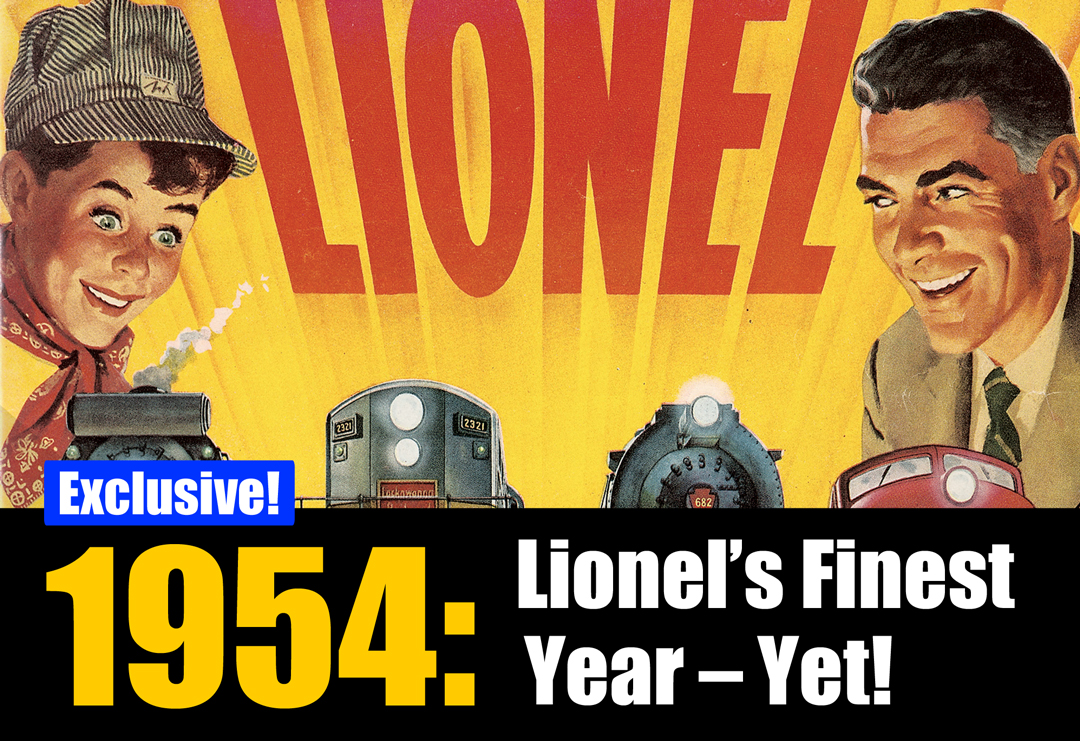
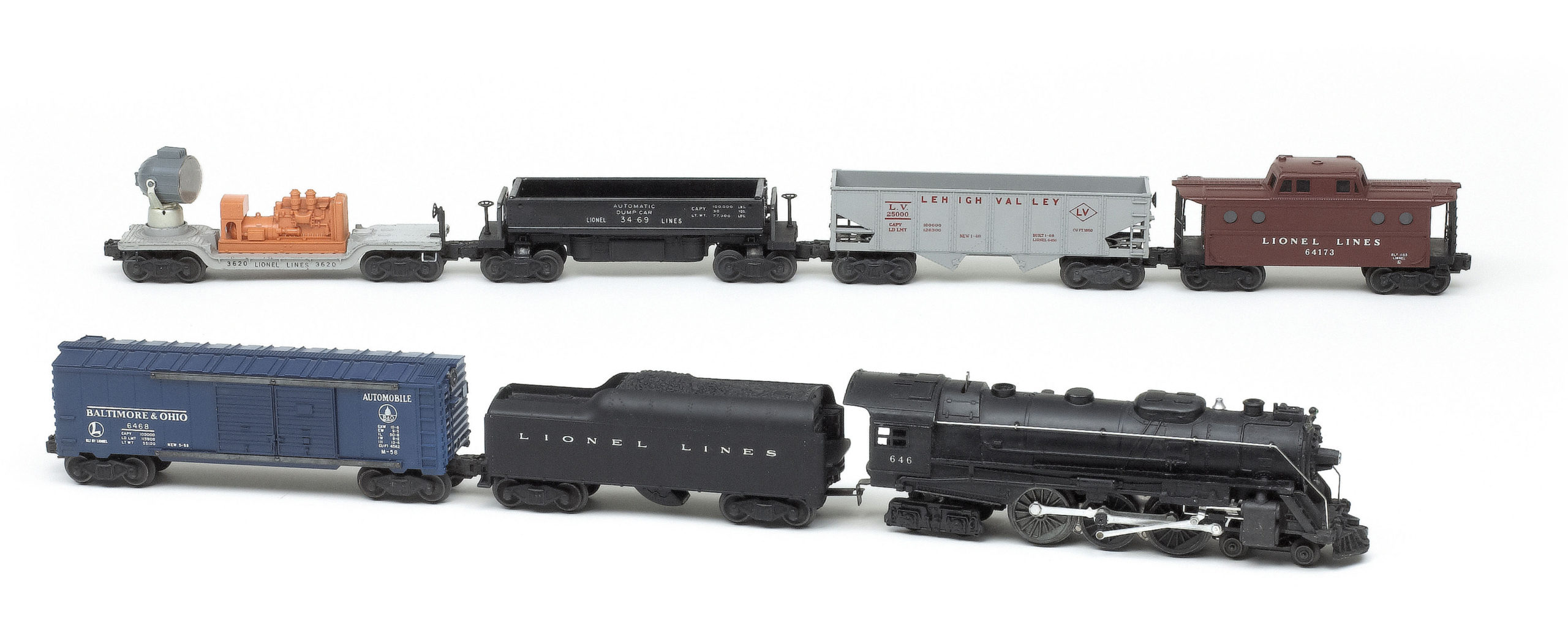
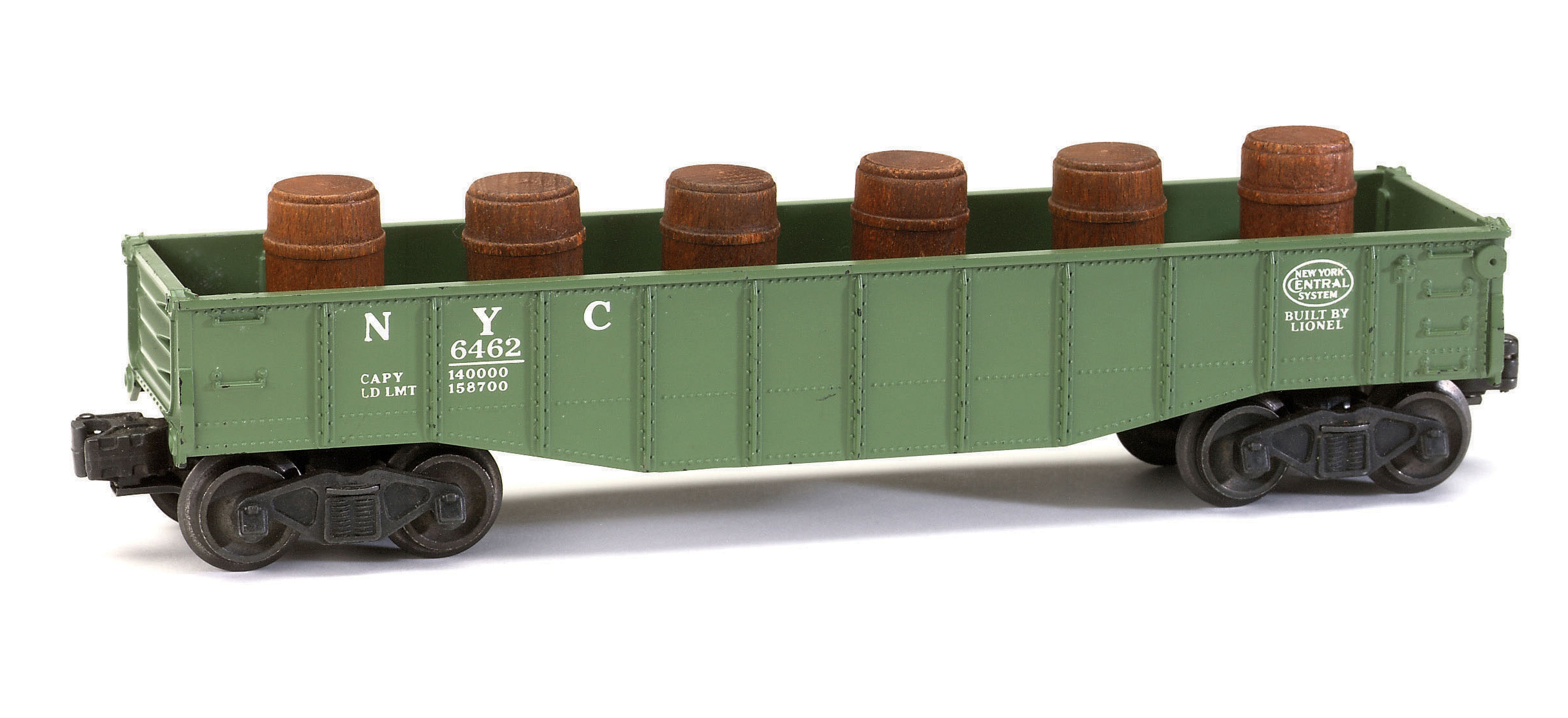
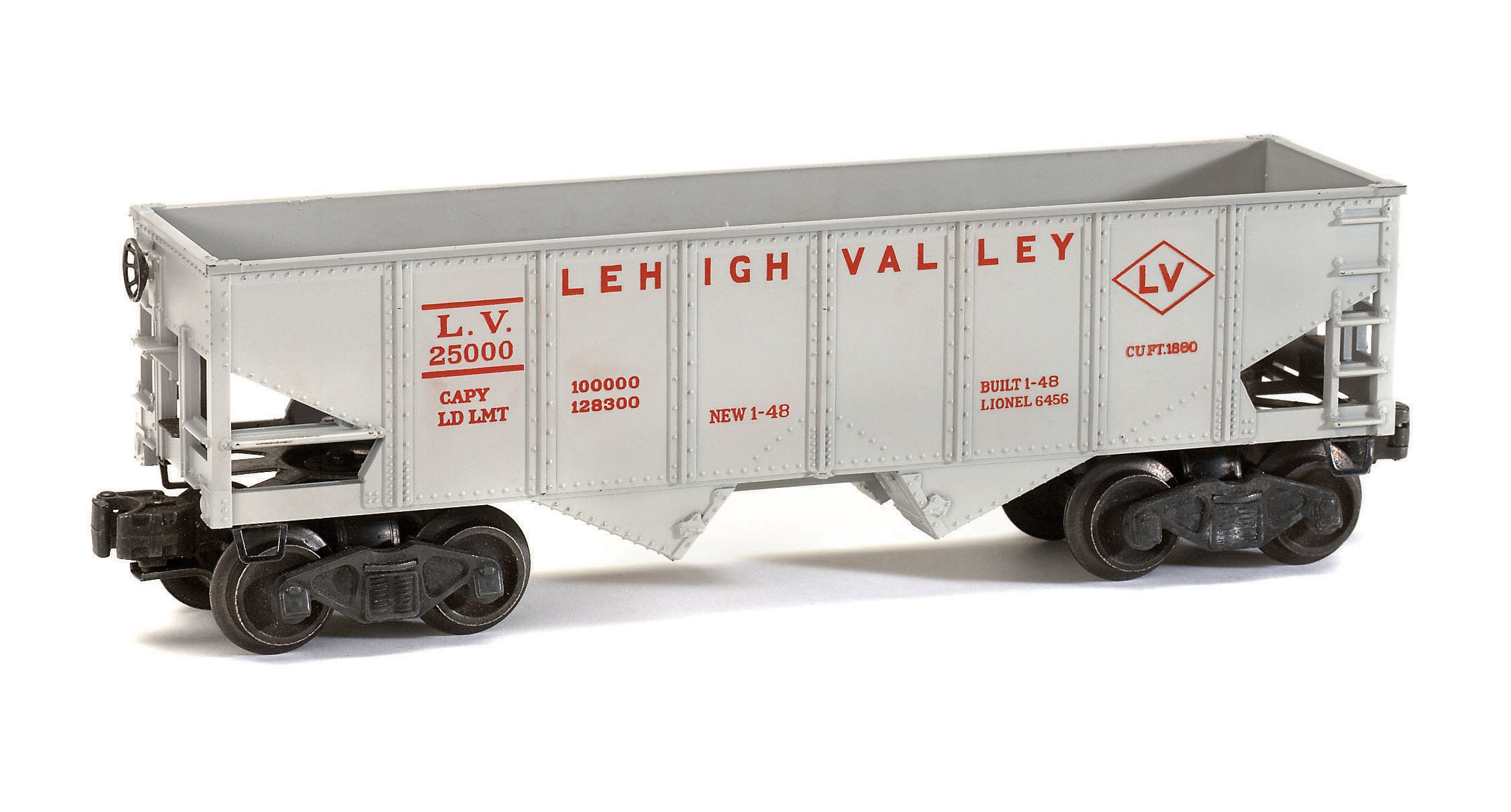
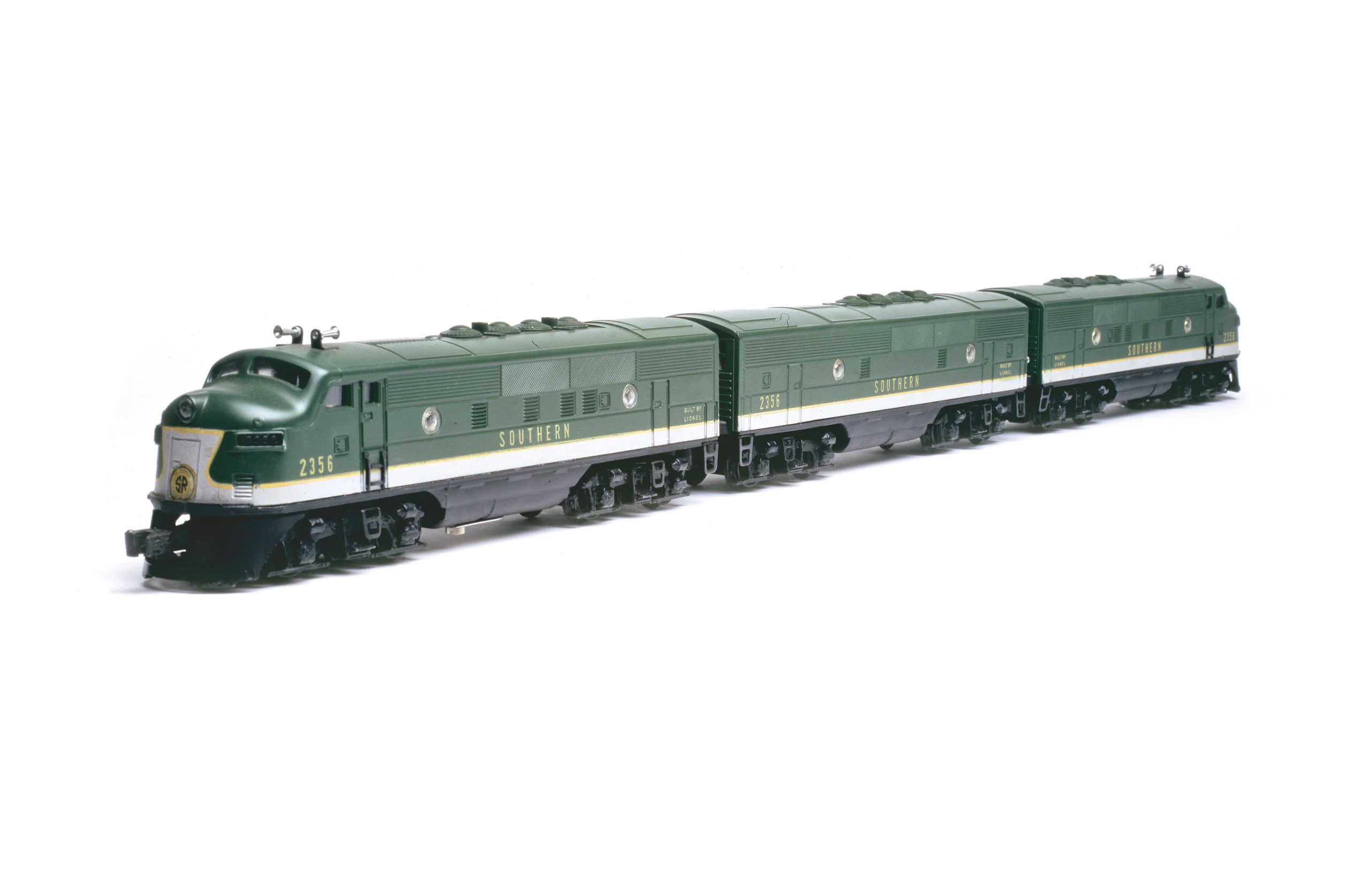

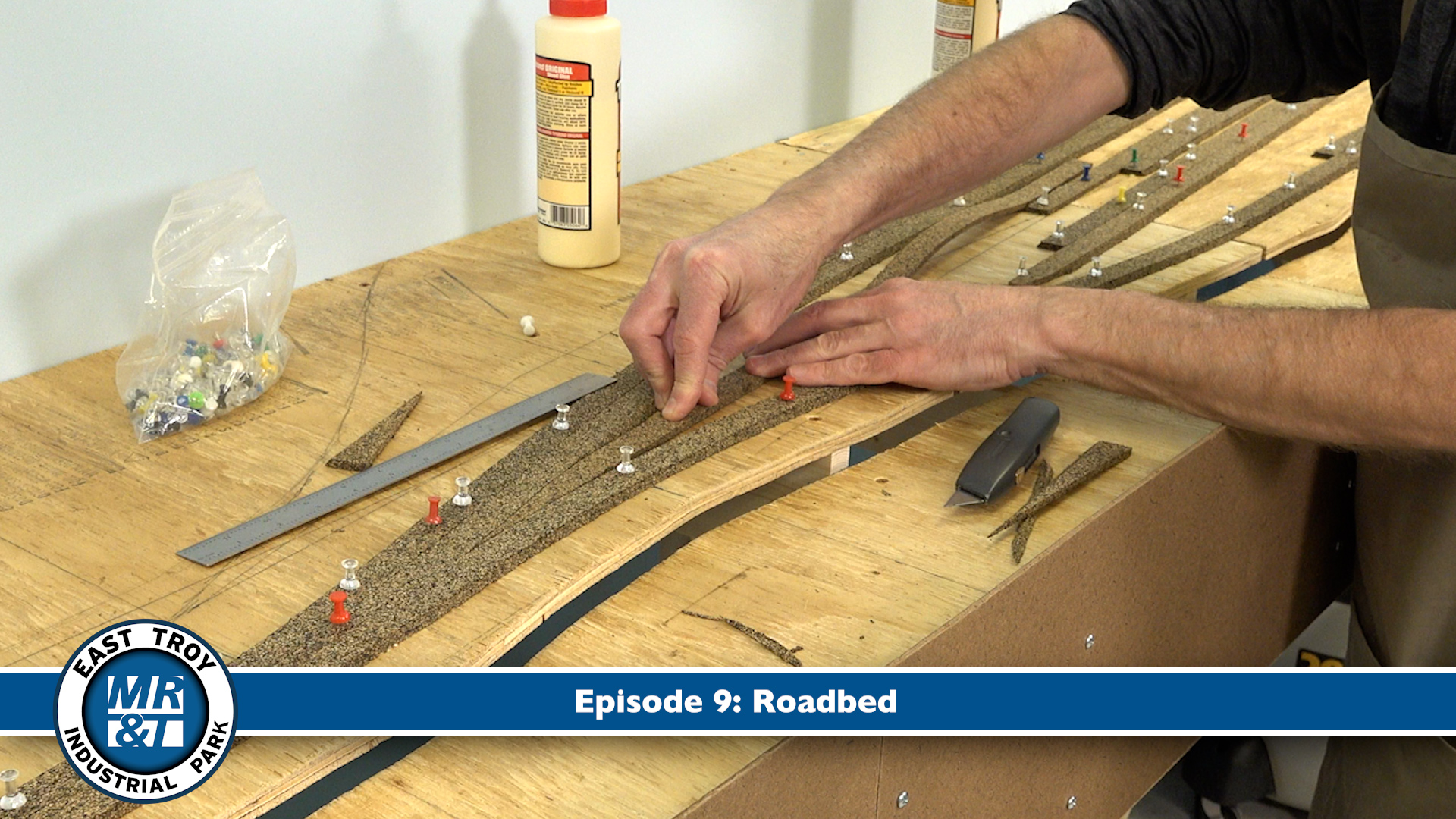
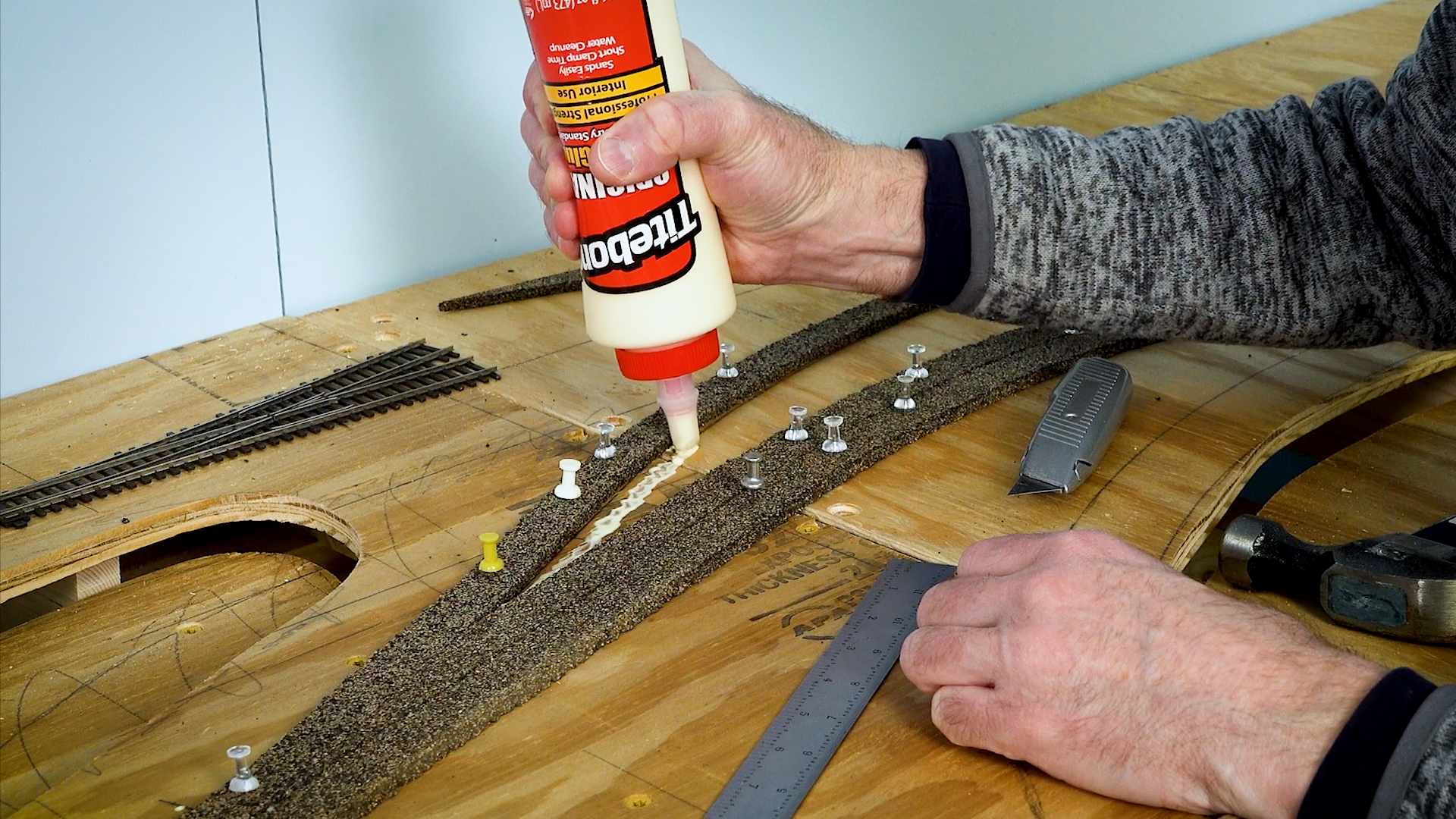
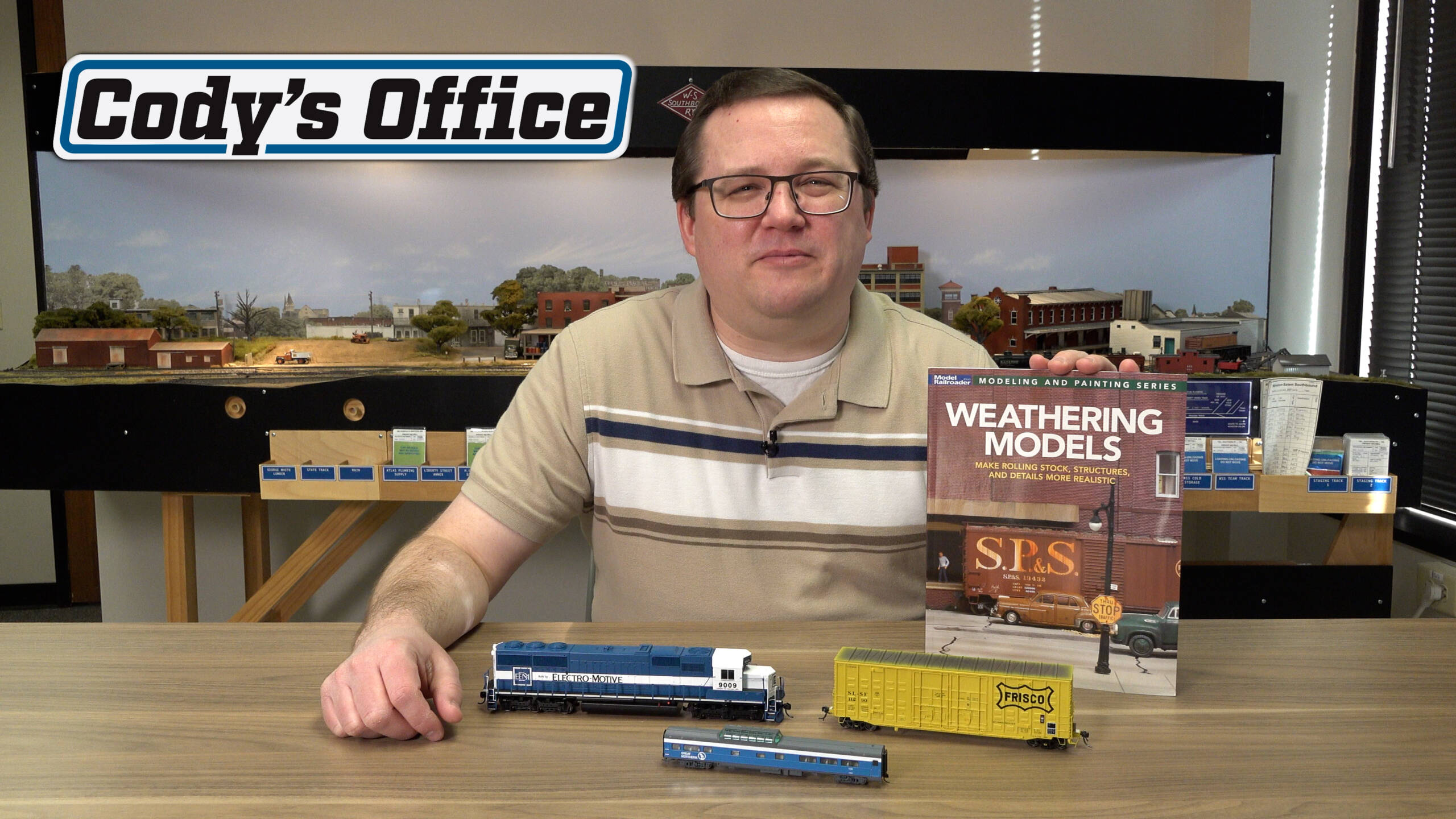





I have this original set with all original boxes. I was gifted it in 1958 and never played with it. It remained in my MGM until her death in 1977. I took repossession and place it on storage until I opened and closed collectibles store in the south Bronx. It is now up for sale.